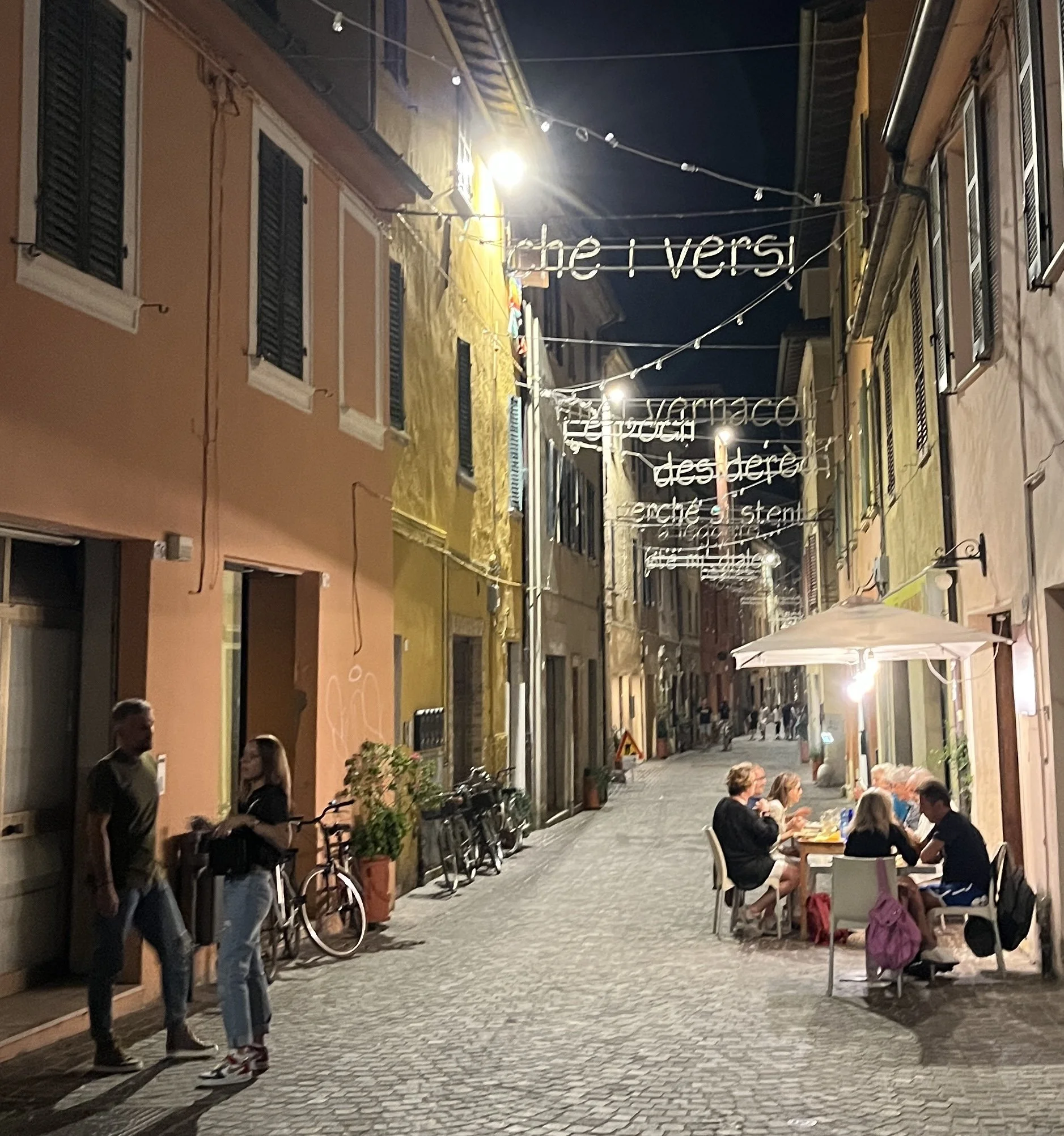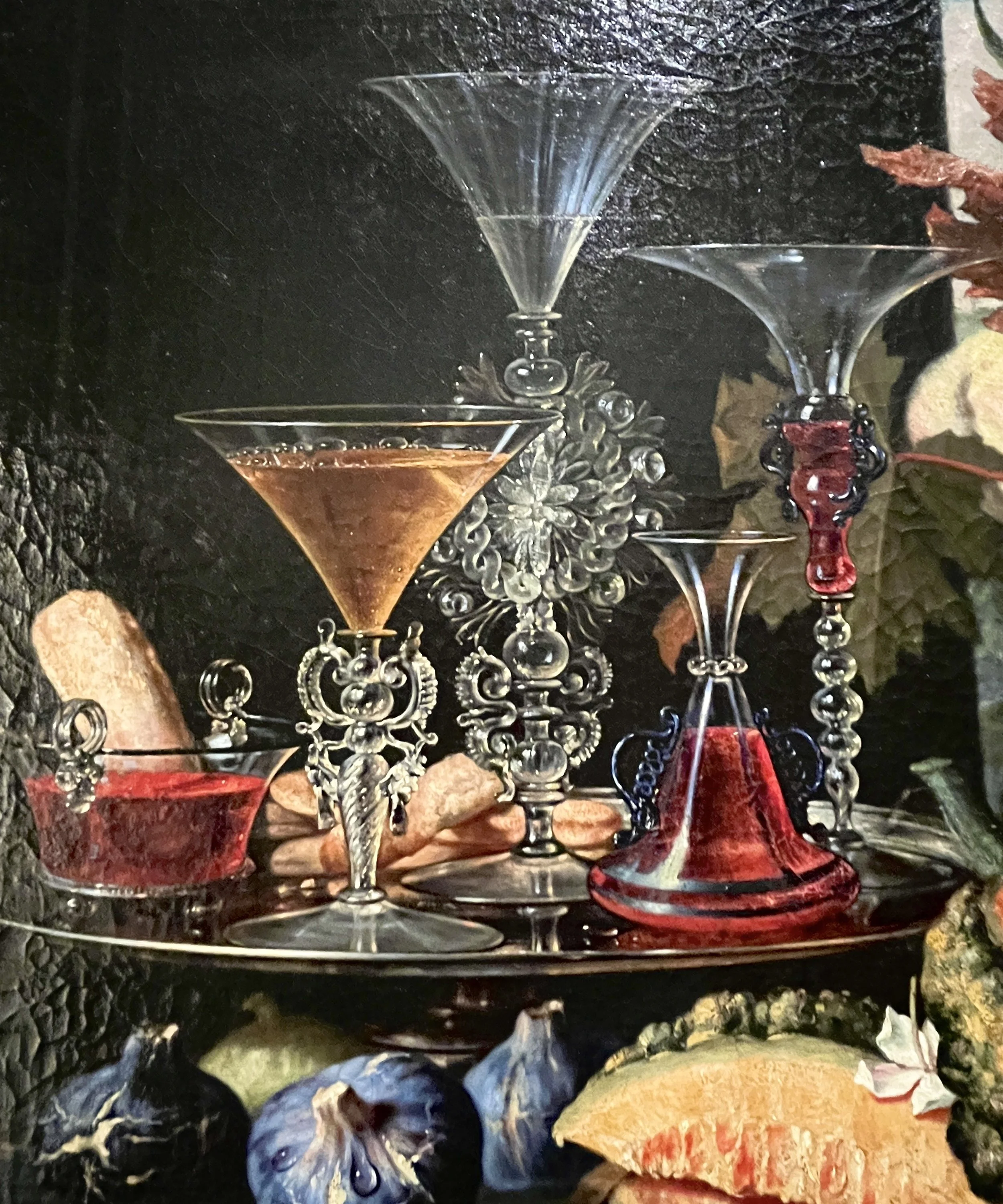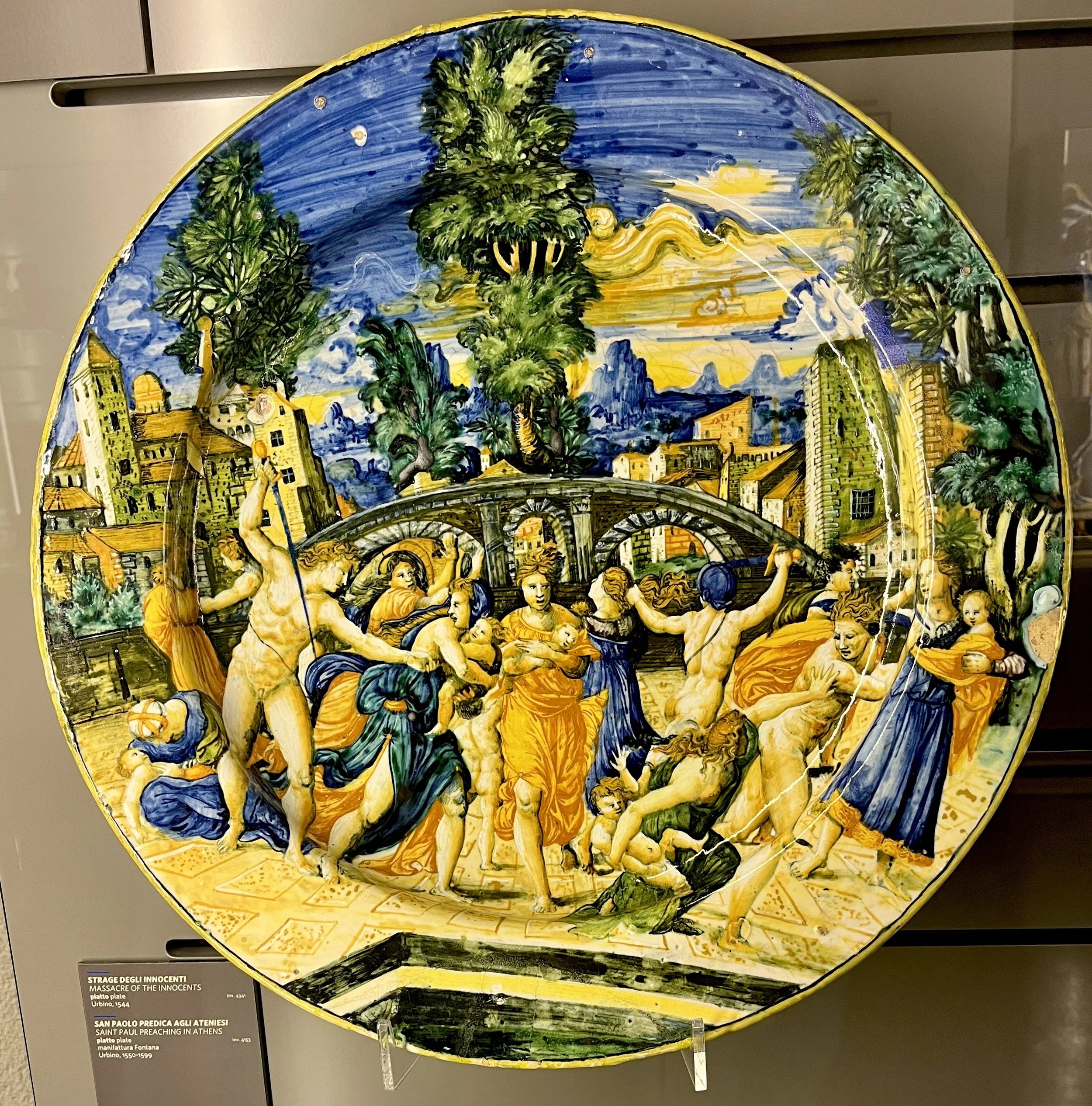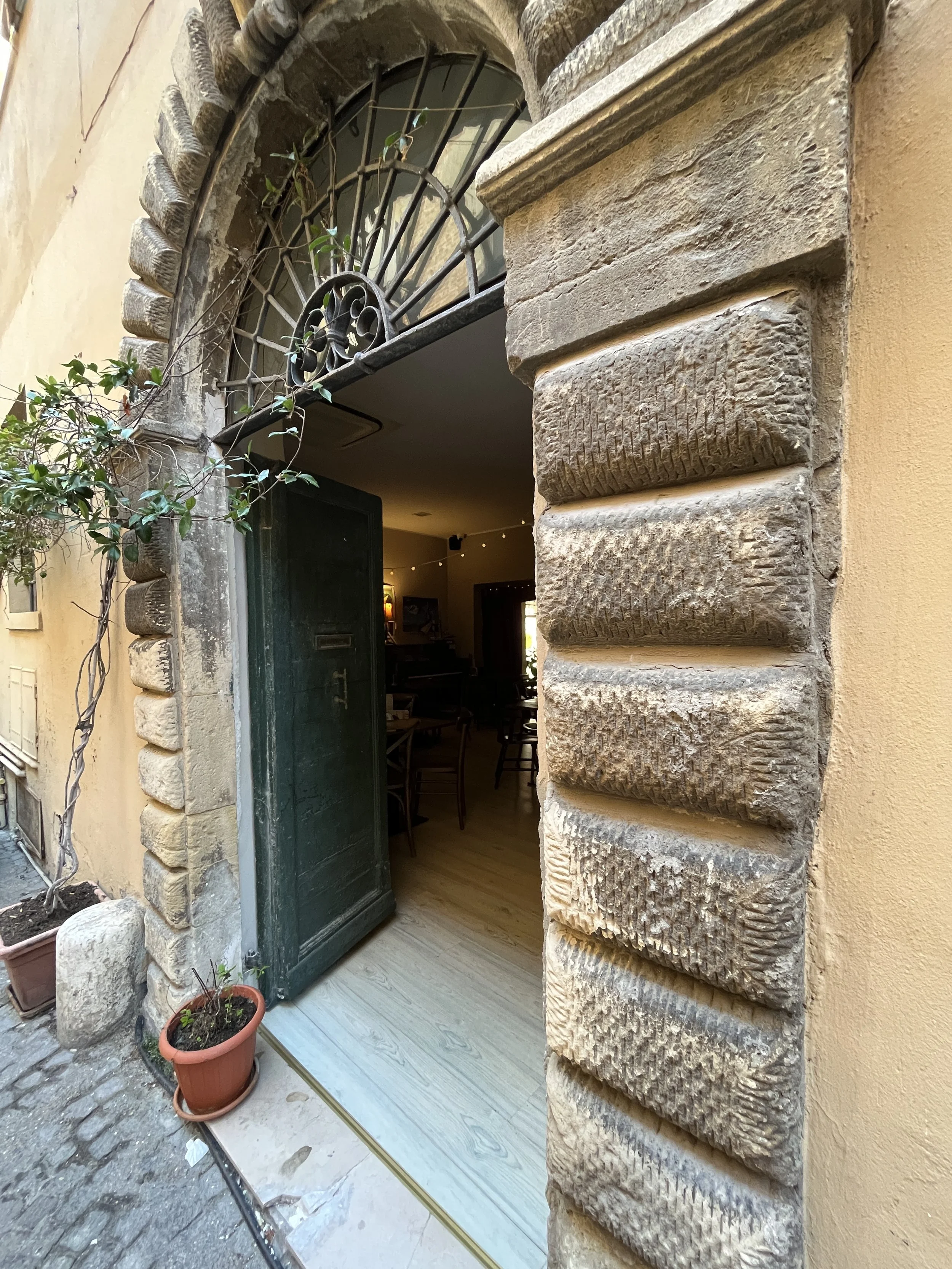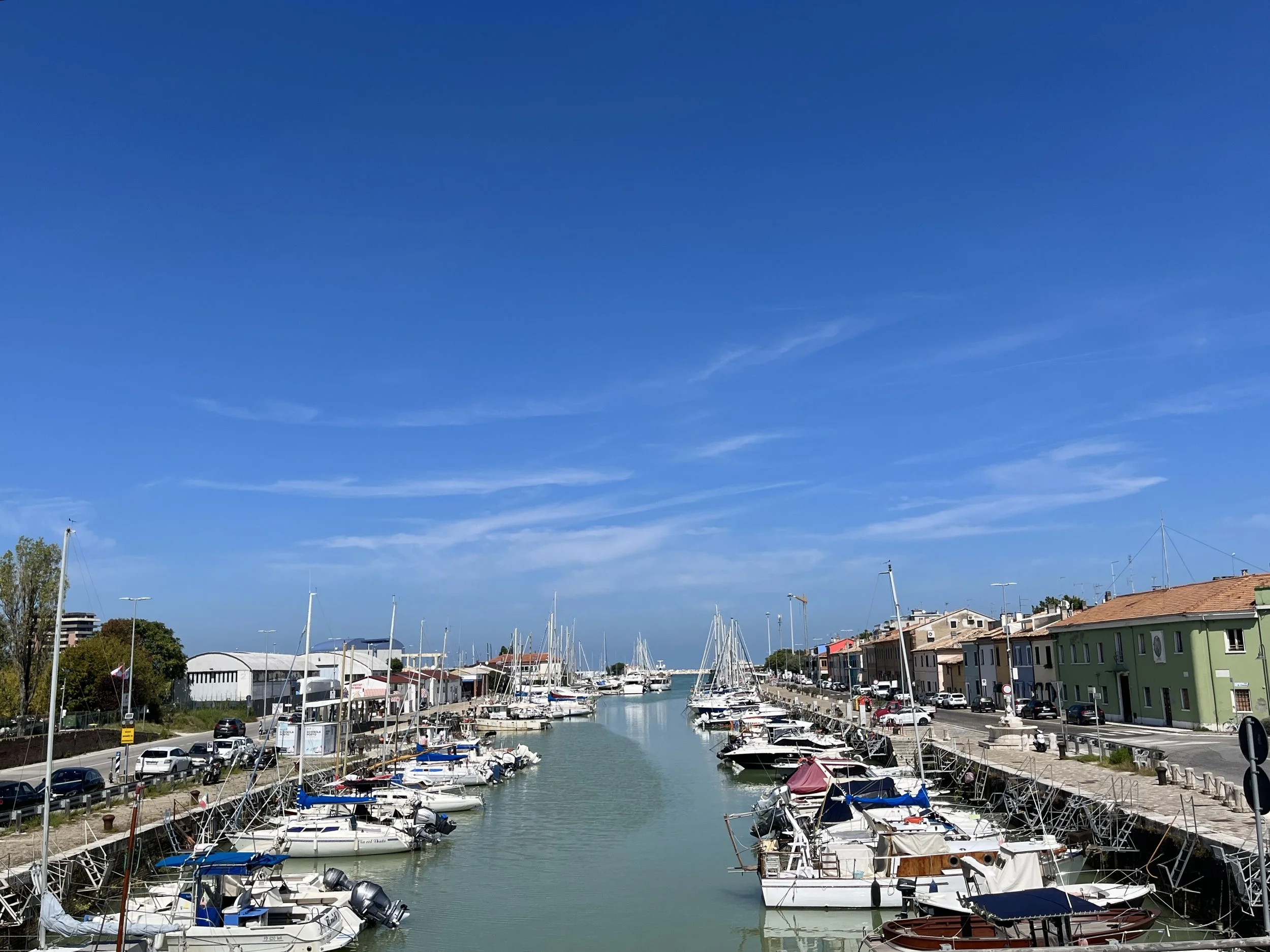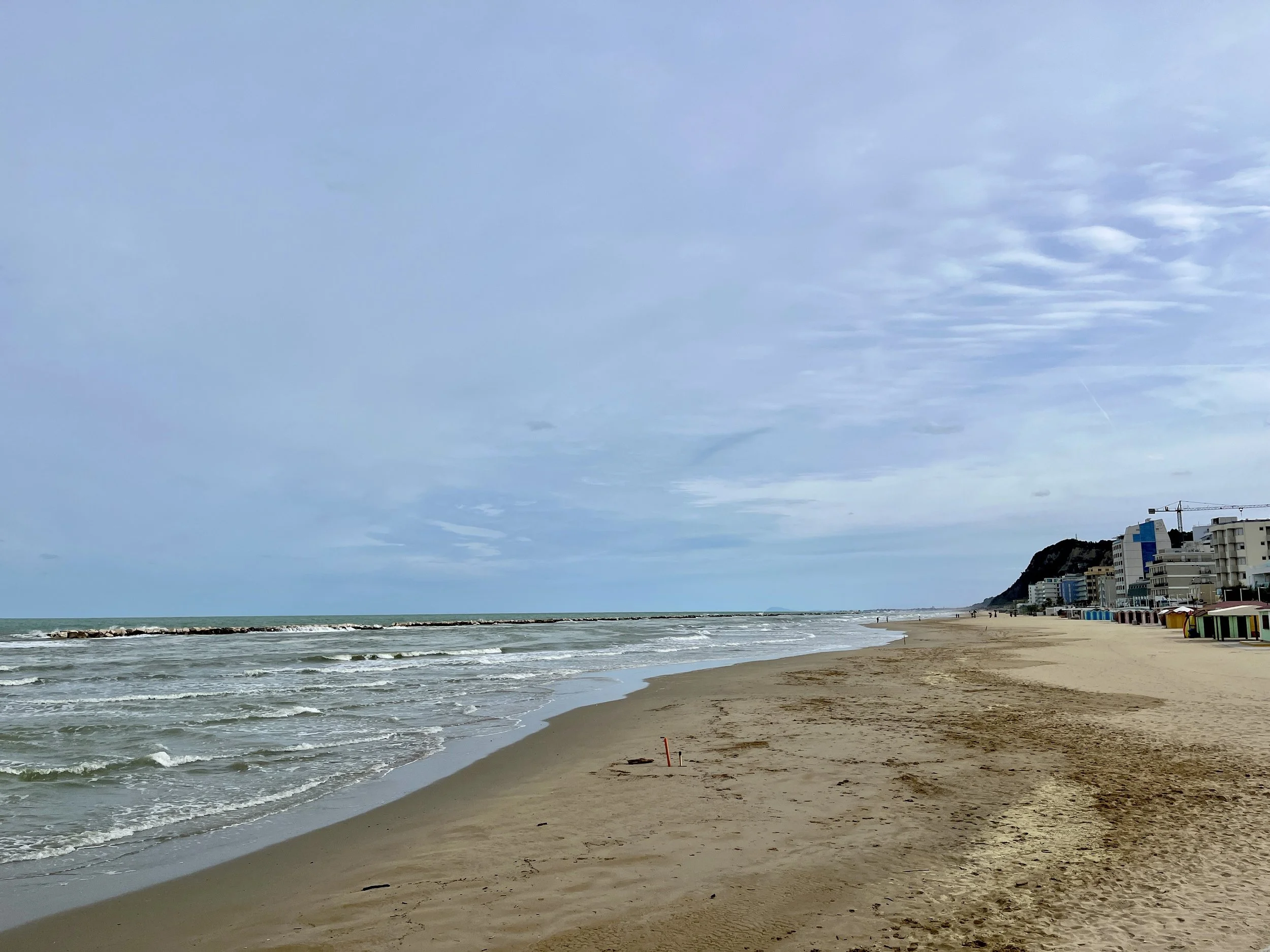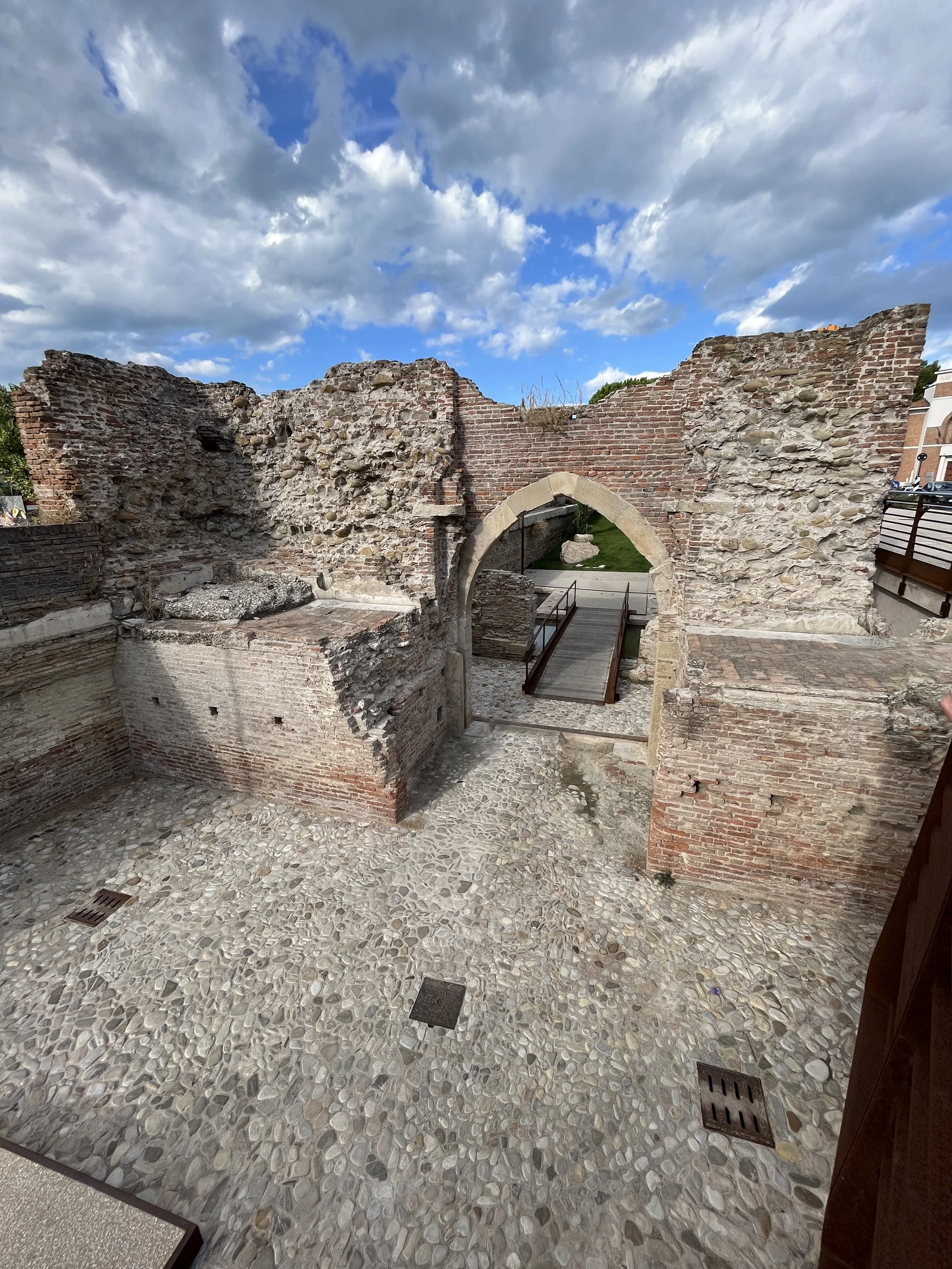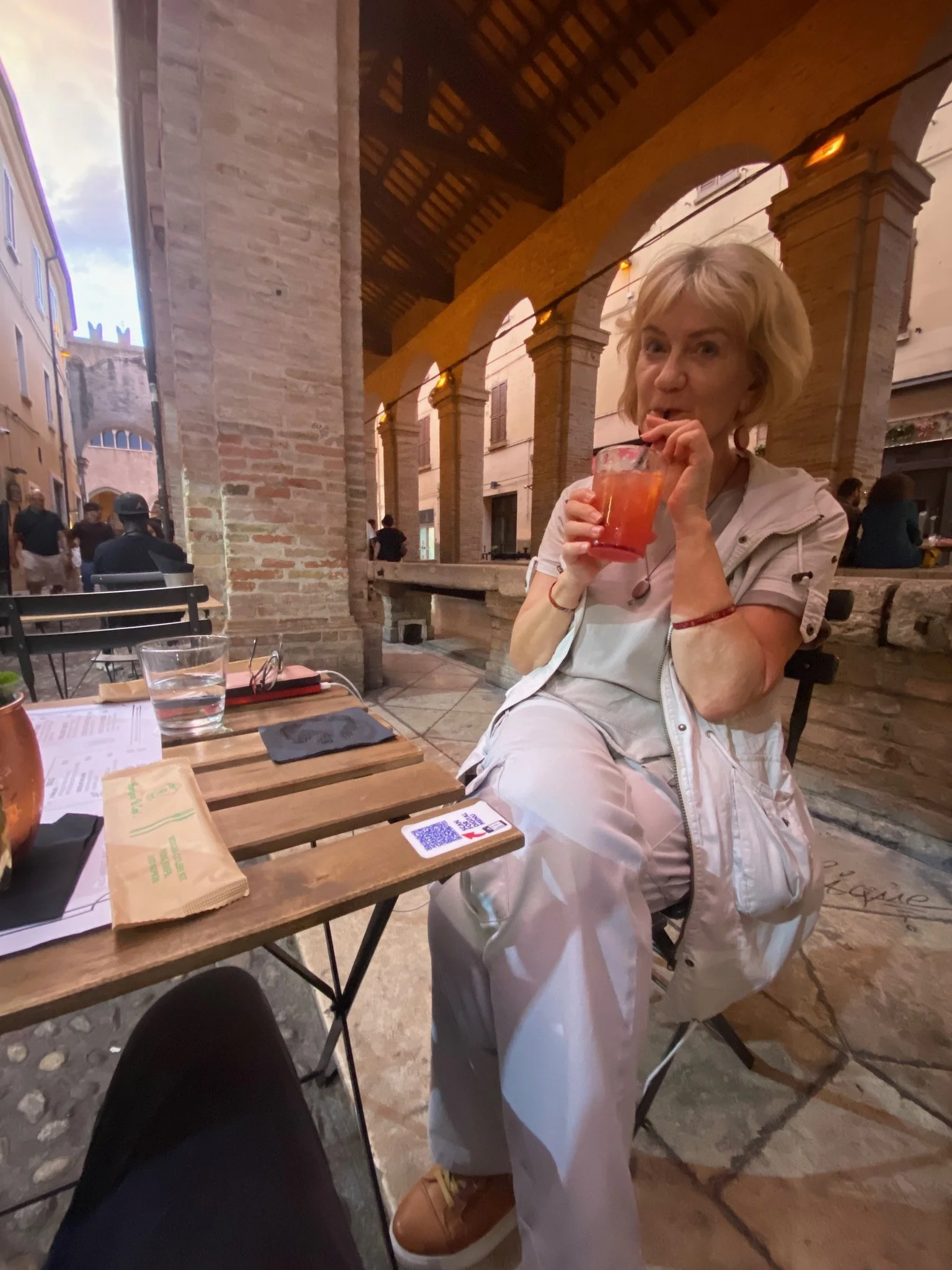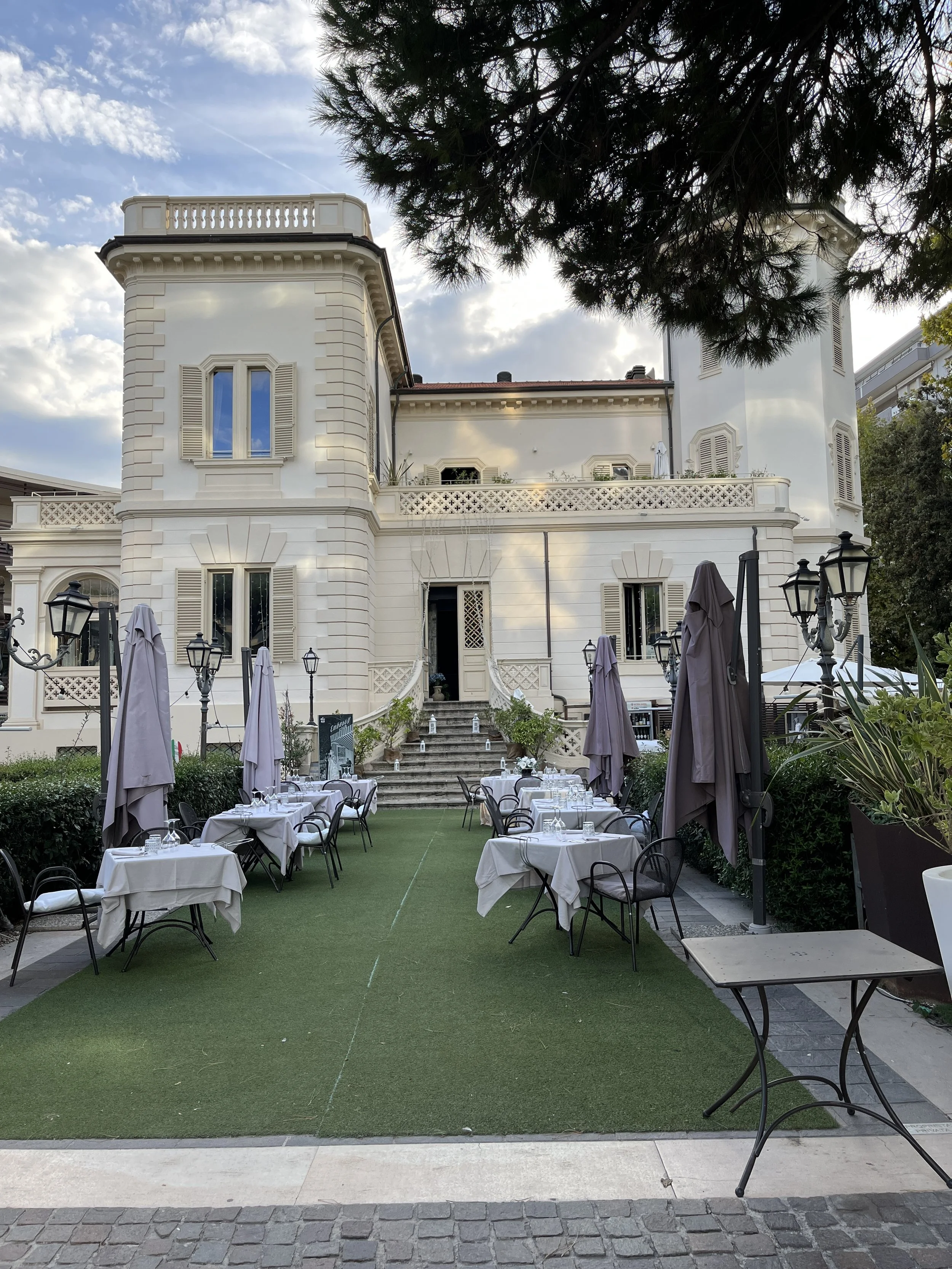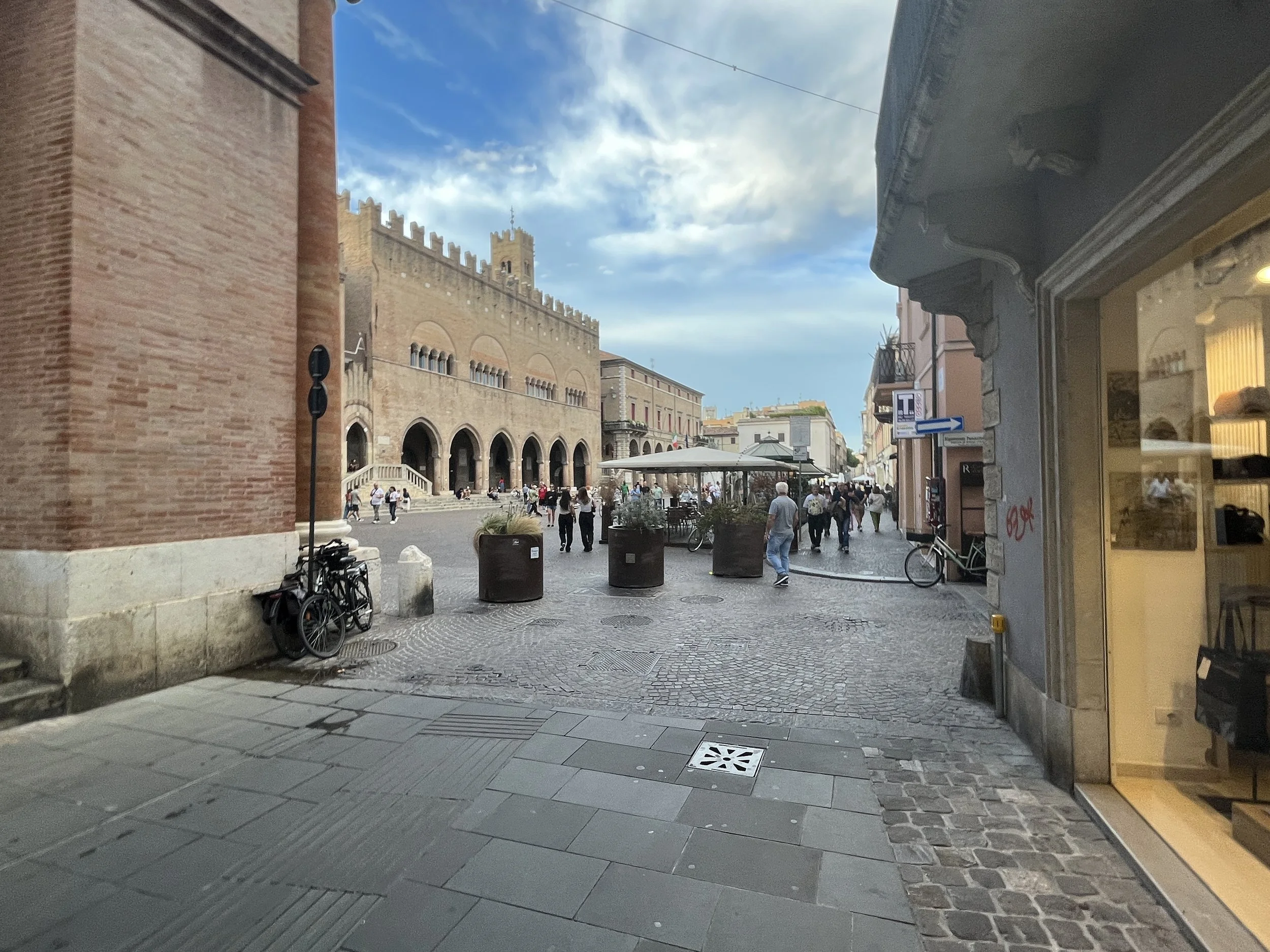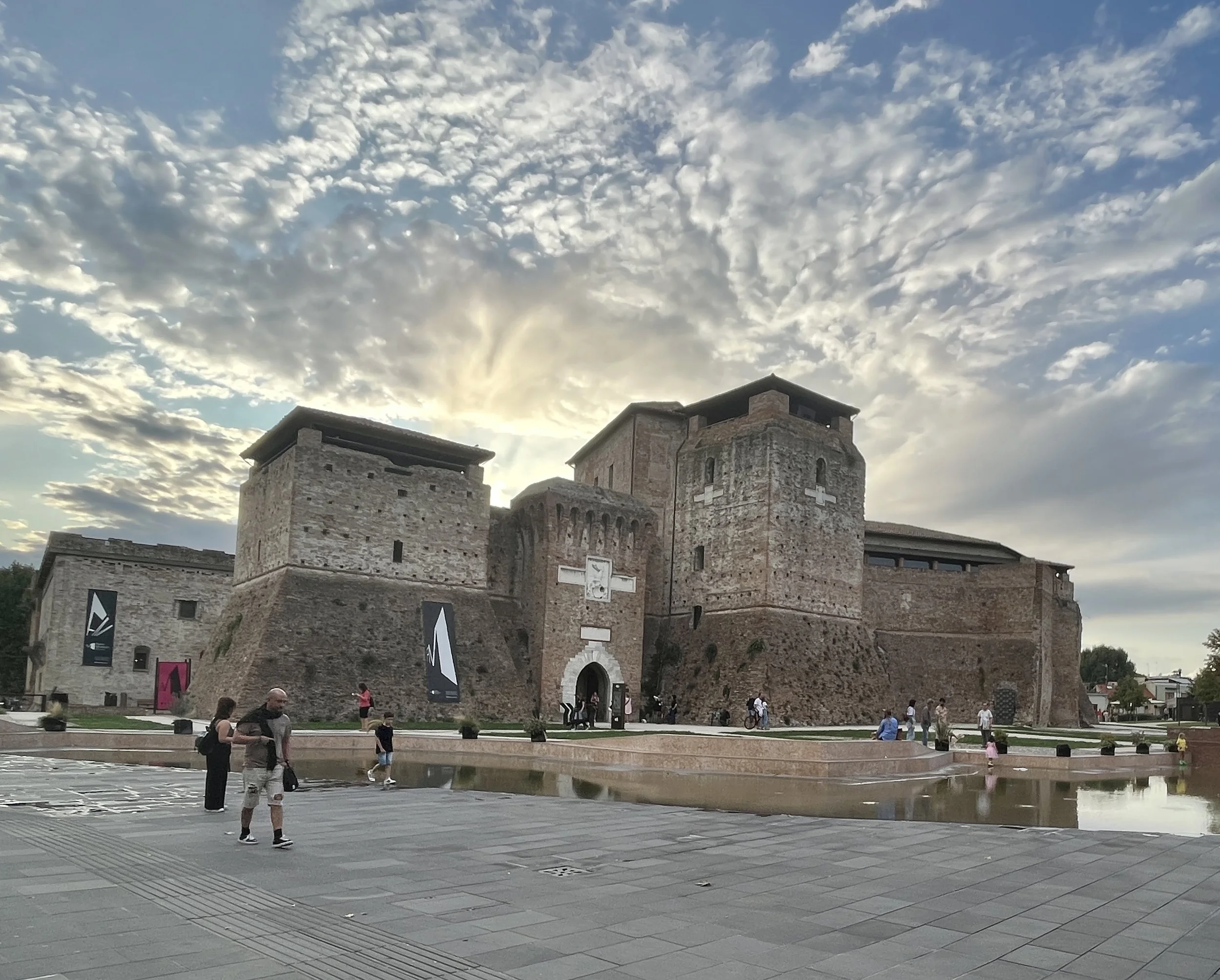Pesaro and Rimini, Italy
Pesaro and Rimini, both in the Province of Marche, are centres of culture, and also hugely popular as seaside destinations during European summer vacations. Each city has its most famous son: Rimini is the birthplace of film director, Frederico Fellini, while Pesaro has the composer of some of the world’s most famous operas, Gioacchino Rossini. Small wonder UNESCO gave Pesaro the status, ‘Creative City of Music.’ There’s the Rossini Theatre with its impressive annual program, and nearby, a highly regarded music school. It would, however, be remiss not to add a woman, Maria Montessori, to the list of famous people born and raised in this province. She was the founder of the Montessori education philosophy, and its schools, now totalling 15,763 spread through 154 countries.
A comparison of the two cities shows Rimini to be larger, with more extensive seaside offerings, night life and bars, while Pesaro is more residential and a little quieter. Each has its lovely churches, treed streets, cafe’s galore and a huge selection of restaurants. From Rimini, you can easily access the Principality of San Marino by bus, while from Pesaro, the bus takes you up to the impressive medieval university town of Urbino. Both are on train lines and bus routes connecting them, directly, (or with a change or two) to the rest of Italy.
Images: A slice of Pesaro: its architecture; statues of the famous (Garibaldi and Rossini); statue outside the theatre holding a mask; Pesaro’s grand doors and church interiors; its street festivals; Renaissance art; congenial back lanes with alfresco dining; the city’s green space; main plaza; the port; and the beach in summer and at season’s end when everyone has suddenly – from one day to the next – disappeared.
One of the many things I liked about my two months in Pesaro, was living like a ‘local’ – and because Pesaro is not a large city, and because its tourists in the peak season hug the seashore, I was a novelty in the suburbs. So, as in other places I’ve lived as a local – people were friendly and helpful every day. I was grateful that the shop attendants got to know me, and often corrected my fledgling Italian so that I got the eggs (uova) I really wanted, and not the grapes (uva) I’d actually asked for! I liked that the neighbours greeted me each morning and even called my Italian friends when I’d decided to overnight in Ravenna; Should they be worried that I hadn’t come home? Living like a local gave me access to the university library and its internet, and to the local pool with my Australian senior’s discount card. The lesson is, that staying in less touristy places has many advantages (lower costs, for one), while tourist highlights are often only a short bus or train ride away.
It can also be easier to make friends and learn about things you might miss as a visitor. A wonderful local couple, Nicoletta and her husband Valter, took me on weekend drives to the castles mentioned, and to an extraordinary gallery I wouldn’t have discovered as it’s only open to Pesaro residents on certain days. From Nicoletta, I learned what Italian cooking was all about when it’s done to perfection: way beyond what’s served at most restaurants you find without guidance on your own. You also get insights perhaps obscured to an outsider. I asked them about the huge, black and white portrait of two smiling men mounted above the entrance to the court house. “That image is a symbol of the fight against the Cosa Nostra (Mafia)” I was told. “Those two judges, Giovanni Falcone and Paolo Borsellino (‘The Mafia Hunter’), fought against the Mafia. For their brave efforts, they were assassinated. The portrait reminds us to stand united against crime.” I then asked whether the Mafia were still as feared as before, and was told that the judges’ assassination helped to strengthen the government’s resolve to fight crime.” However, from Calabria in southern Italy, a competitor to the Cosa Nostra – the Ndrangheta – continues to make its presence felt, and so a strong government remains essential.
Images: Rimini, with its pretty residences and tree-lined streets; Roman ruins and Tiberius’s Bridge; me downing a Negroni under the columns of a Roman fish market; outdoor dining everywhere; the town plaza overlooked by a Pope; art in the park and Rocco Malatesta/Castel Sismondo housing the Fellini Museum.
I visited Rimini four times and really love the place, especially in the evenings when parts of town near the water come alive with lights and activity. It feels like a city for the young, and the young at heart. The city has distinct ‘districts’ that show the usual, urban up- and down-market separation. I avoid spending much time near the train station because, as with most such places in the world, it attracts vagrants, and consequently the police.
Closer to the shore, especially near Ponte di Tiberio (Emperor Tiberius Bridge), outdoor dining areas overflow with folk of all ages, their lively banter infectious. Walking along the foreshore, day or night, offers spectacular views across the water. Roman ruins make their presence felt here and there throughout the city, and there’s some captivating architecture along treed streets, churches with impressive interiors, and an impressive fortress, Rocco Malatesta. Music venues are scattered among the atmospheric bars (all listed online). I drank my Negroni at an outdoor bar sitting beside a thick column that supports the roof of what had been a large Roman fish market, the entire structure still standing strong. A generalisation, I know, but I left Italy with the unshakable conviction that few European civilizations have built for endurance like the Romans, and few can match Italian cuisine or an Italian's gioia di vivere.








